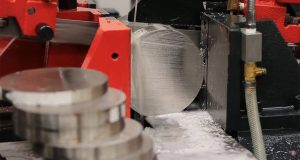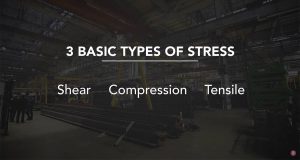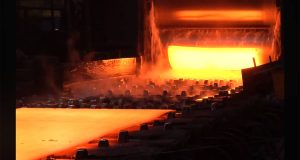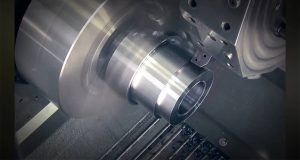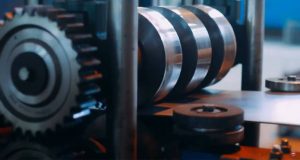Introduction to Aluminum Alloys
Aluminum is widely used in industries ranging from automotive to aerospace. In most cases, it isn’t used in its pure form but as an alloy. By combining it with other elements, aluminum gains properties that improve its usability and durability.
Common Alloying Elements in Aluminum
Aluminum alloys rely on added elements to strengthen their performance. Some of the most common include:
- Copper: Increases strength and improves mechanical properties.
- Manganese: Balances strength and workability.
- Silicon: Lowers melting point, making welding easier.
- Magnesium: Adds hardness and boosts overall strength.
Why Use Aluminum Alloys?
Although aluminum alloys are generally not as strong as steel, they offer an impressive strength-to-weight ratio. This means manufacturers can design lighter products without sacrificing durability, which is highly valued in industries like transportation and construction.
The Role of Alloy Series
Aluminum alloys are grouped into series ranging from 1xxx to 7xxx. Each series reflects the main alloying element used and dictates its performance characteristics. Understanding these series helps professionals choose the right alloy for specific applications.
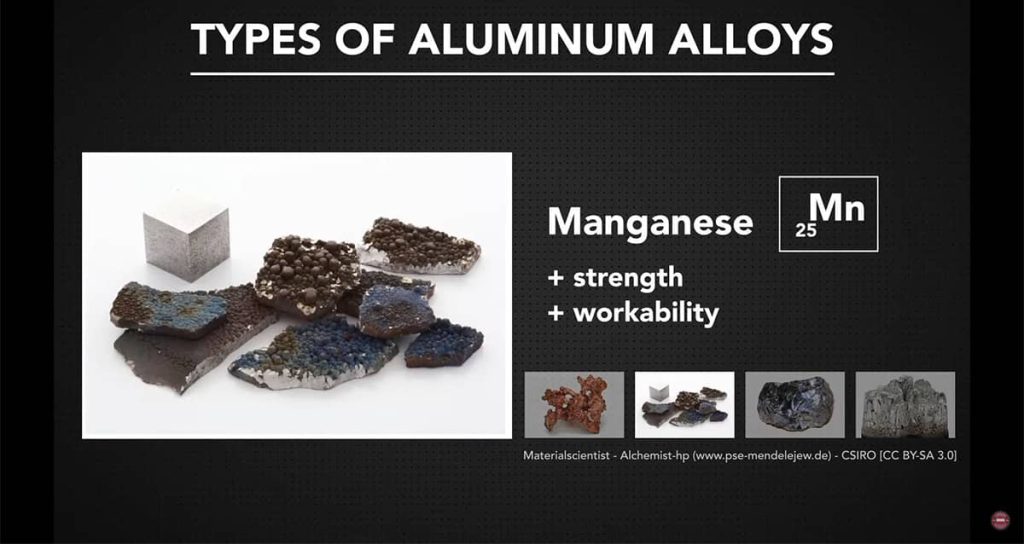
Aluminum Alloy Series Overview
Here’s a quick overview of the main aluminum alloy series:
| Series | Main Alloying Element | Key Characteristics | Common Uses |
|---|---|---|---|
| 1xxx | Nearly pure aluminum | Excellent corrosion resistance, good conductivity | Electrical and chemical equipment |
| 2xxx | Copper | High strength, lower corrosion resistance | Aerospace, automotive |
| 3xxx | Manganese | Good corrosion resistance, moderate strength | Roofing, siding, beverage cans |
| 4xxx | Silicon | High wear resistance, good thermal stability | Engine parts, automotive |
| 5xxx | Magnesium | High strength, excellent corrosion resistance | Marine applications, pressure vessels |
| 6xxx | Magnesium & Silicon | Good strength, corrosion resistance, weldability | Construction, pipelines, automotive |
| 7xxx | Zinc | Very high strength, lower corrosion resistance | Aerospace, defense, sporting goods |
Key Benefits of Aluminum Alloys
One of the major advantages of aluminum alloys is their adaptability. Whether the need is conductivity, corrosion resistance, or strength, there is an alloy series suited for the task.
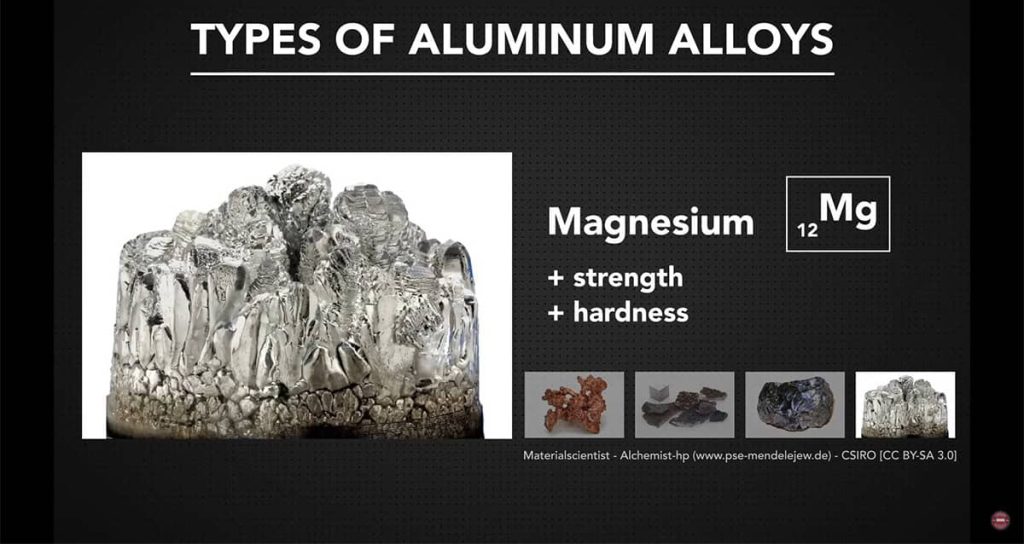
Practical Uses of Aluminum Alloys
- Electrical wiring and bus bars (1xxx series).
- Aircraft structures (2xxx and 7xxx series).
- Food and beverage packaging (3xxx series).
- Marine equipment (5xxx series).
- Automotive frames and parts (6xxx series).
Test Your Knowledge on Aluminum Alloys
Want to see how much you’ve learned about aluminum alloys? Head over to SawbladeUniversity.com and take our quiz on the different types of aluminum alloys. It’s a quick and engaging way to reinforce what you know and discover even more about how each alloy is used.
Balancing Strength and Workability
Not all alloys are chosen for maximum strength alone. Many applications require a balance between ease of forming, corrosion resistance, and weldability. The 3xxx and 6xxx series are especially valued for this versatility.
Alloy Selection Examples
- 2xxx series: Ideal where strength is more important than corrosion resistance.
- 5xxx series: Chosen for marine use due to excellent resistance to saltwater.
- 6xxx series: Often used for pipelines because of its welding characteristics.
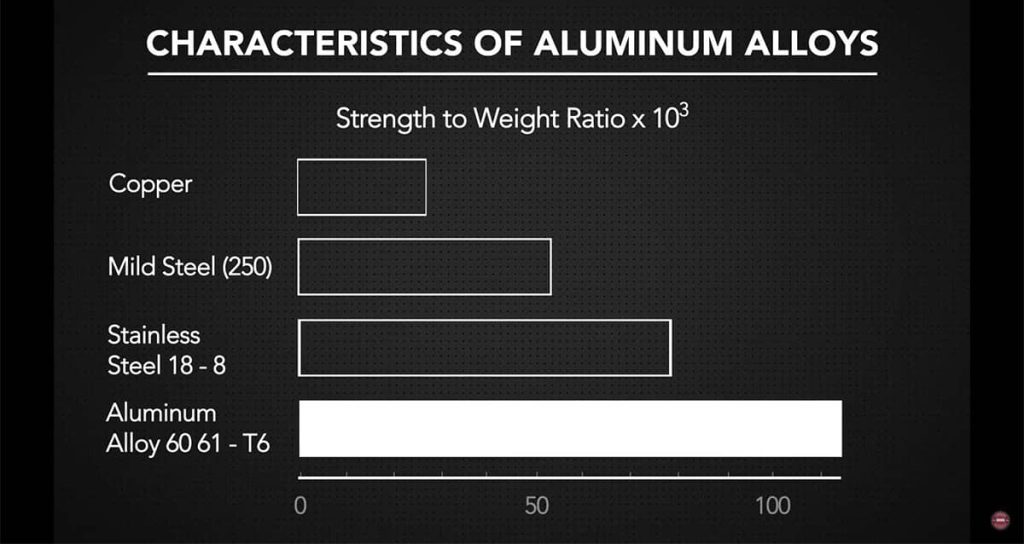
Industry Applications
Aluminum alloys have secured their place across multiple industries:
- Aerospace relies on 2xxx and 7xxx series for structural parts.
- Automotive manufacturers often use 5xxx and 6xxx series for lighter, stronger components.
- Construction industries benefit from the corrosion resistance of 3xxx series alloys.
Learn More About Friction Saw Blades
If you’re curious about specialty blades beyond aluminum cutting, we invite you to check out our article “What Are Friction Saw Blades and When Should You Use Them?”. It explains how friction blades work, the materials they handle best, and why they’re favored in certain applications. Reading it will give you a broader understanding of blade options so you can make more informed choices for your projects.
Aluminum alloys are categorized into series that highlight their unique strengths and weaknesses. By understanding the role of alloying elements and how each series performs, professionals can confidently select the right material for their project. The adaptability of aluminum alloys ensures they remain an essential material in modern engineering and manufacturing.

